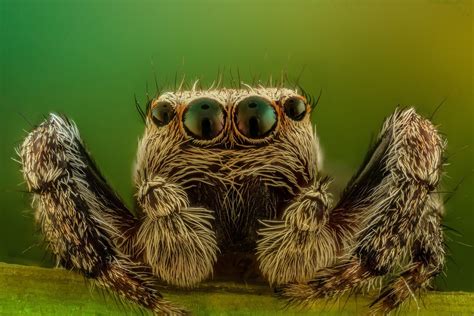Discover the fascinating world of South Australian spiders, from the deadly Redback to the harmless Garden Orb Weaver. Learn more about these eight-legged creatures now.
South Australian Spiders: A Comprehensive Guide to the Arachnids of the Region
The Diversity of South Australian Spiders
South Australia is home to a wide variety of spider species, each with its own unique characteristics and behaviors. From the iconic redback spider to the elusive purse-web spider, the region is teeming with arachnid diversity. With over 700 species of spiders found in South Australia, these eight-legged creatures play a crucial role in the local ecosystem.
The Redback Spider: A Notorious Arachnid
One of the most well-known spider species in South Australia is the redback spider (Latrodectus hasselti). Recognizable by its distinctive red stripe on its black body, the redback is a venomous spider that can deliver a painful bite to humans. Found in urban areas, the redback spider is known for its secretive behavior and its preference for dark, sheltered locations.
The Huntsman Spider: A Giant of the Spider World
Contrary to popular belief, huntsman spiders (Sparassidae) are harmless creatures that play a vital role in controlling insect populations. These large, hairy spiders are known for their speed and agility, making them skilled hunters of prey. Despite their intimidating appearance, huntsman spiders are generally shy and non-aggressive towards humans.
The White-Tailed Spider: A Stealthy Predator
The white-tailed spider (Lampona cylindrata) is a common sight in South Australia, known for its distinctive white spot at the tip of its abdomen. These spiders are active hunters that prey on other spiders and insects. While their venom can cause mild discomfort in humans, white-tailed spiders are not considered dangerous and are unlikely to bite unless provoked.
The Trapdoor Spider: Masters of Camouflage
Trapdoor spiders (Mygalomorphae) are expert burrowers that construct silk-lined burrows with a camouflaged trapdoor for ambush hunting. These spiders are rarely seen above ground, as they spend most of their time hidden in their burrows. Trapdoor spiders are known for their patience and precision when capturing unsuspecting prey that wanders too close to their burrow.
The Garden Orb-Weaver Spider: Architects of Intricate Webs
Garden orb-weaver spiders (Araneidae) are renowned for their beautifully intricate webs that they use to catch flying insects. These spiders are commonly found in gardens and bushland areas, where they patiently wait for prey to become ensnared in their sticky silk threads. Garden orb-weavers play a crucial role in maintaining ecological balance by keeping insect populations in check.
The Wolf Spider: A Solitary Hunter
Wolf spiders (Lycosidae) are versatile hunters that actively hunt for prey rather than relying on webs for trapping. These spiders are known for their keen eyesight and powerful legs, which allow them to chase down their prey with speed and precision. Despite their intimidating name, wolf spiders are not considered dangerous to humans and are unlikely to bite unless threatened.
The Jumping Spider: Acrobats of the Spider World
Jumping spiders (Salticidae) are small, compact spiders known for their impressive jumping abilities and acute eyesight. These agile spiders use their jumping skills to pounce on unsuspecting prey with precision and accuracy. Jumping spiders are a common sight in gardens and homes, where they play a crucial role in controlling insect populations.
Conclusion
South Australian spiders are a fascinating and diverse group of arachnids that play a vital role in maintaining ecological balance. From the iconic redback spider to the elusive trapdoor spider, each species has its own unique characteristics and behaviors that make them a crucial part of the local ecosystem. By understanding and appreciating the role that spiders play in the environment, we can foster a greater appreciation for these often misunderstood creatures.
